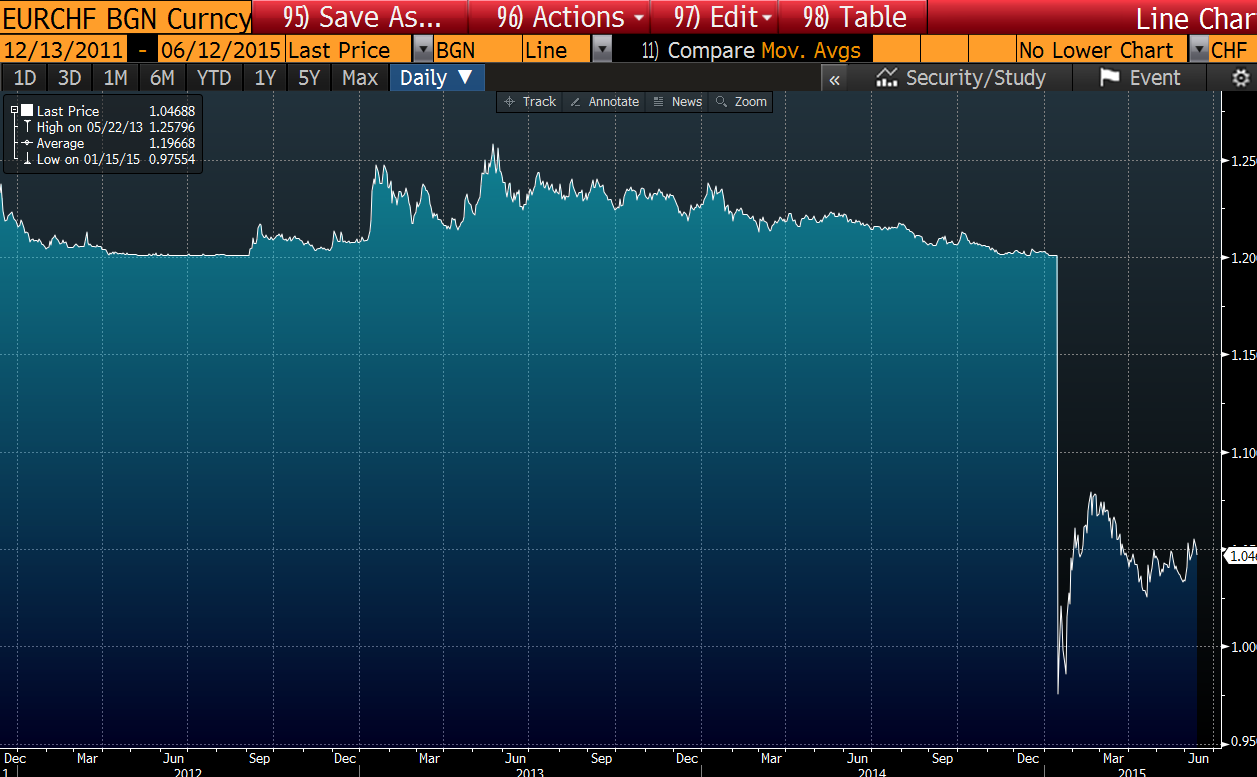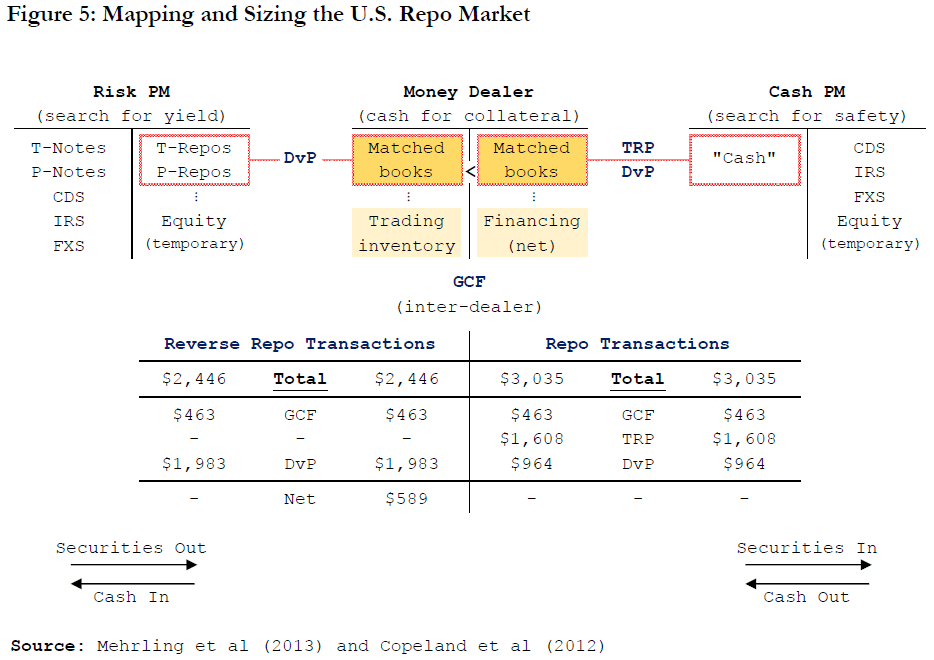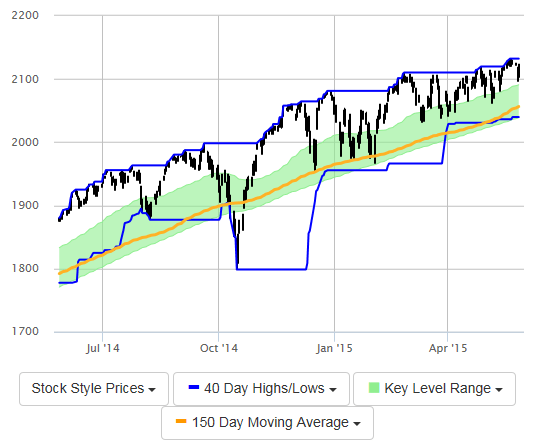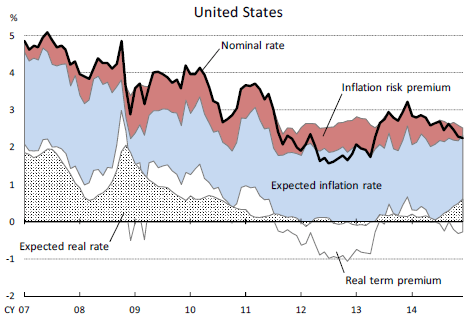A new ECB paper explores macroeconomic indicators for banking and currency crises over the past 40 years. Banking crises arose mostly in constellations of [i] low credit-deposit spreads and high short-term rates (over 11%) or [iii] high credit-deposit spreads (over 270 bps) and flat or inverted yield curves. Housing price growth has also been a warning signal. Currency crises ensued from exchange rate overvaluation (more 2.7% above trend) and high short-term interest rates (over 10%).
Forecasting inflation under globalisation
Two recent papers contribute to forecasting inflation in a world of convergent policy regimes and integrated economies. The first emphasizes the distinct effects of shocks to aggregate demand, supply, and monetary policy. The second explains why country inflation usually corrects deviations from trends in the rest of the world. Predominantly inflation has become a global force.
The difference between volatility and risk
Financial markets often disregard the fundamental difference between volatility (the magnitude of price fluctuations) and risk (the probability and scope of permanent losses). Standard risk management and academic models rely upon volatility alone. Alas, this reliance can induce an illusion of predictability and excessive risk taking. Indeed, low volatility can indicate and even aggravate the risk of outsized permanent losses.
Understanding “shadow money”
The shadow banking system creates money or money-like claims mainly through repurchase operations: cash managers “park” funds through short-term secured lending, while asset managers borrow against their securities to gain leverage. Large institutions have few alternatives to collateralized lending for cash management. Institutional cash pools and “shadow money” have been expanding rapidly over the past decade.
The rise and risks of euro area shadow banking
The non-bank financial sector in the euro area has doubled in size over the last 10 years. It has become a concern for three reasons. First, its tight links with regulated banks imply contagion risk. Second, investment funds’ supply of liquidity has become critical for many markets, but is pro-cyclical. And third, rising synthetic leverage aggravates pro-cyclicality of both market prices and liquidity conditions.
On the success of trend following in equity and FX
Empirical analyses document the success of trend following strategies in global equity and FX markets over the past 30 years. Stylized trend following delivered higher risk-adjusted returns with smaller maximum drawdowns when compared with other conventional strategies. It also provided value as a hedging strategy.
The impact of regulatory reform on money markets
A new CGFS paper suggests that bank regulatory capital and liquidity changes may [i] reduce liquidity in money markets, [ii] create steeper short-term yield curves, [iii] weaken bank arbitrage activity, and [iv] increase reliance on central bank intermediation. Profit opportunities may arise for non-banks.
The four components of long-term bond yields
A BOJ paper proposes an affine terms structure model for bond yields under consideration of the zero lower bound. It estimates the contribution of [i] expected real rates, [ii] real term premia, [iii] expected inflation rates, and [iv] inflation risk premia. In the U.S. yields have been driven mainly by expected real rates and real term premia in recent years. In Japan inflation expectations and inflation/deflation risk premia have played a greater role.
The nature and risks of EM FX carry trades
A new BIS paper provides important lessons for EMFX carry trades, using Latin America as a case study. First, FX carry opportunities depend on market structure and regulation. Second, observed carry typically contains a classic interest rate differential and an arbitrage premium that reflects the state of on-shore and off-shore markets. Third, liquidity shortages and FX proxy hedging constitute major setback risks.
Using VIX for forecasting equity and bond returns
Over the past 25 years the relation between implied equity volatility (VIX) and market returns has been non-linear. When VIX was low there was no meaningful relation. However, when volatility increased above average higher equity and lower bond returns followed. This is evidence for “flight to quality“, where investors pay a rising premium for safe and liquid assets as volatility increases. Fear of redemptions, liquidity constraints, and deteriorating market intermediation are plausible causes of this effect.










